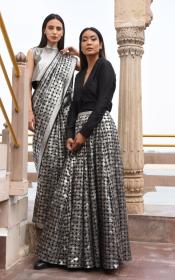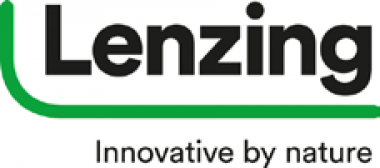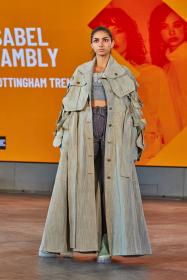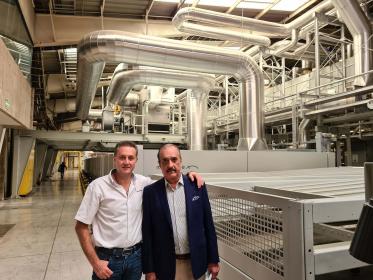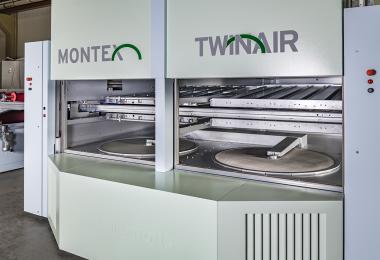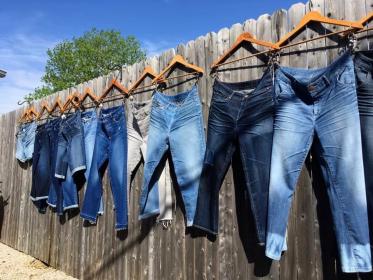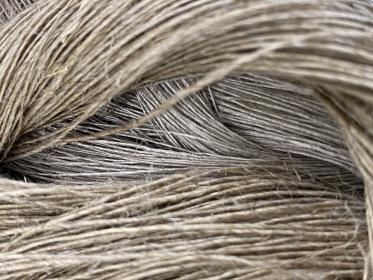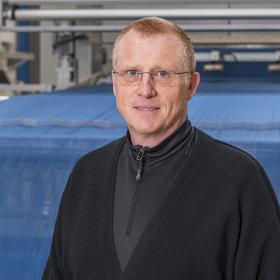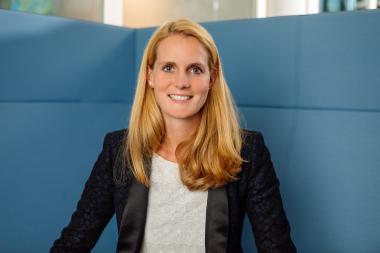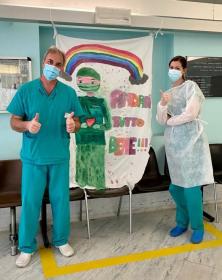Riri Group boosts its offer with Cobrax Metal Hub.
- The new company in the Group is dedicated to metal accessories for luxury and haute couture, in the heart of the Tuscan fashion district.
Mendrisio – Another important milestone has been reached at Riri: the incorporation of Cobrax Metal Hub, the new company in the Group which specialises in the design, development and manufacturing of metal components for the luxury and haute couture sector. The company’s headquarters are in the heart of the Tuscan fashion district, combining high quality Made in Italy, decades-long expertise and the care for details which has always characterised Riri.
The new company is a result of the acquisition of 2Frame, a historical Italian brand in the industry, which is now an integral part of the Riri family, under the new name Cobrax Metal Hub. Thanks to this new entry, the Swiss Group has become the first sole supplier of metal accessories for the leatherwear industry, adding to its traditional range of zips and buttons a new line of products which includes all types of fastening, padlocks, snap hooks and buckles. It is an actual strategic hub, to offer the brands a single contact point for any needs and requests concerning metal accessories.
This new acquisition also makes it possible for Riri to respond, in an even faster and more effective way, to the demand for developing new articles and prototypes. By focusing on customer needs, Cobrax Metal Hub is actually able to design and develop customised products, guaranteeing continuous support in all process phases: from the search for materials, to technical and finishing solutions, the prototyping and sampling stage, to the industrialisation and manufacturing stage.
Renato Usoni, CEO at Riri Group adds: “Thanks to Cobrax Metal Hub the Riri Group has become the first sole supplier of accessories for the leatherwear sector. It is a project intended to add value and increase the company’s ability to serve its market, providing increasingly comprehensive and tailor-made answers, bearing witness to a vision whereby investing in the future is the best response to the scenarios, more complex than ever before, with which the whole market is confronted today”.
Menabò Group







